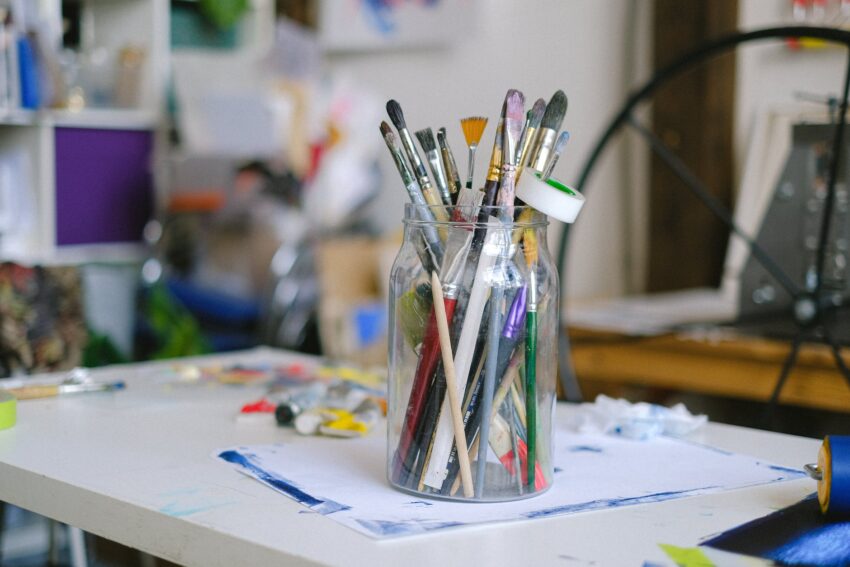Despite the often controversial status of psychedelics in mainstream society, a passionate global community avidly explores the realms of transcendence through art spawned from altered states of consciousness. This melding of creativity and the psychedelic experience manifest in the form of visionary artwork – a category of artistic expression that displays multidimensional experiences and psychedelic aesthetics garnered from psychological exploration.
Surrealism, a seemingly perfect companion for the psychedelic experience, serves as the root for many of these creations. The genre’s emphasis on releasing the power of the unconscious mind dovetails seamlessly with the introspective nature of many psychedelic experiences. By discarding conventional methods of artistic creation, much like the surrealist artists once did, psychedelic artists free their imagination and stimulate unique, authentic forms of creative expression.
In psychedelic art, artists often express sensations from their own subjective experiences into abstract visuals. These abstract visuals can manifest from an array of sources, such as memories, dreams, or more commonly, from journeying deep within their subconscious while in altered states of consciousness. This artistic exploration serves triple duty, acting as a therapeutic outlet, a form of artistic expression and a visual representation of the artist’s inner world.
Their experiences, while inherently personal, often result in universal themes of transcendence, transformation, and the connectivity of all beings. Psychedelic art, therefore, becomes a catalyst for discussing and understanding the profound existential questions posed by humanity. It bridges the gap between the conscious and unconscious worlds, providing a tangible form to the intangible aspects of our existence.
At first glance, these works of art may seem bewildering, even chaotic. However, upon closer inspection you’ll discover intricate patterns, multitudes of colors, and intricate details that invite the viewer into a profound artistic exploration. This mirroring of the viewer’s own internal complexity serves to both engage and challenge their perceptions. With some artists, a single visionary artwork could be the culmination of multiple altered states, resulting in it being layered with multiple meanings and interpretations. These layers serve as a catalyst for the viewers’ own introspective voyage.
Psychedelic aesthetics too must be considered, as they often feature heightened color juxtaposition, a plethora of intricate patterns, and an incredible depth of detail. The combination of these elements aims to express the uncontainable vibrance of the artist’s experience. Artists use these techniques to create resonant experiences for their audiences – not merely to display their abilities, but to encourage introspection with those who engage with their art.
Increasingly, research highlights the potential benefits of psychedelics in enhancing creativity. Recent studies point towards their capacity to increase innovative ideas and problem-solving abilities. While the scientific community is still working to understand the complex relationship between psychedelics, creativity, and the brain, many artists celebrate and testify to their significant impact on their work.
In the broad realm of art, psychedelic works occupy a unique and important place. Cognitive flexibility, multidimensional experiences and the exploration of the self are all things encouraged and enabled through this form of artistic expression. Psychedelic art serves as a tool of self-discovery, allowing exploration and understanding of internal landscapes that would otherwise be inaccessible. Its existence as a genre shines a spotlight on the concept that art, in its most profound sense, can act as a medium of personal and collective exploration and growth.
Sources:
1. Altered states of consciousness
2. Psychedelic aesthetics
3. Enhancing creativity
4. Multidimensional experiences
5. Creative expression in psychedelic experiences
6. Visionary artwork
